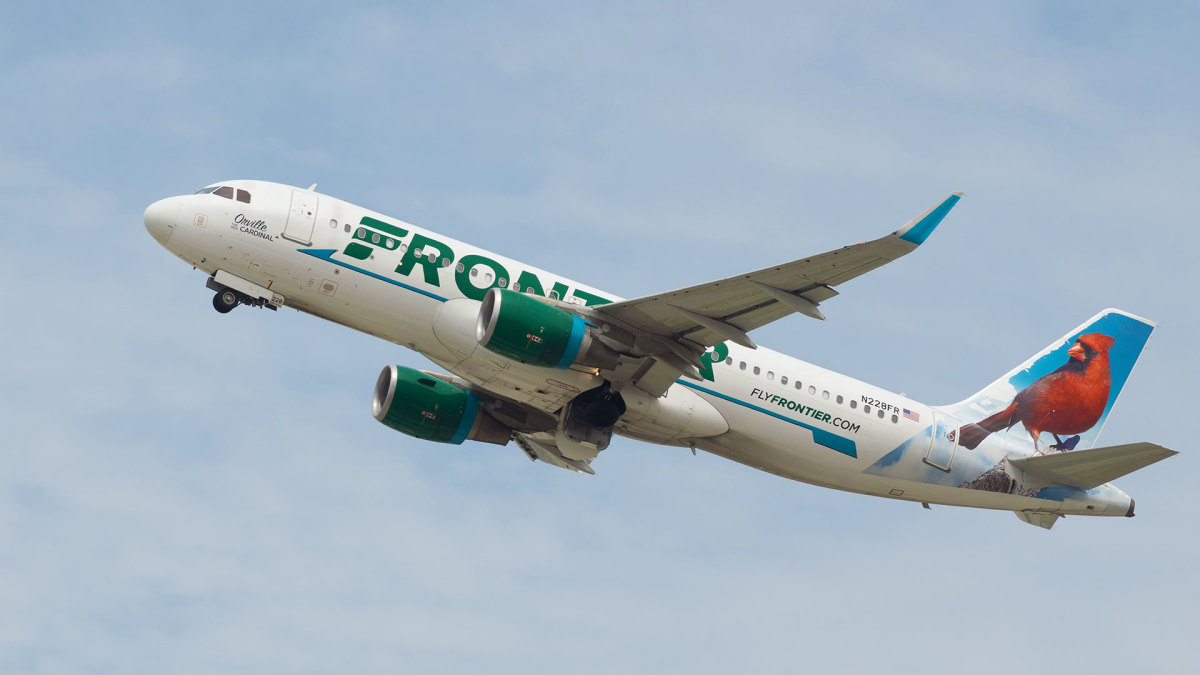
Why do airlines merge? Mergers in the airline industry often happen to increase market share, reduce operational costs, and improve route networks. By combining forces, airlines can offer more destinations, better schedules, and enhanced services. Cost savings from shared resources and streamlined operations also play a significant role. Additionally, mergers help airlines compete more effectively against larger rivals. Regulatory approval is crucial, ensuring that the merger doesn't create a monopoly or harm consumers. While mergers can lead to job cuts and changes in frequent flyer programs, they often result in a stronger, more competitive airline.
Key Takeaways:
- Airline mergers can save struggling airlines, create larger networks, and reduce costs. They have historical impacts and benefits, but also come with challenges and potential impacts on passengers.
- The financial aspects of airline mergers can benefit stockholders, help manage debt, and lead to cost savings for passengers. The future of airline mergers may focus on sustainability and technological integration.
Understanding Airline Mergers
Airline mergers are complex and fascinating. They can reshape the industry, affect ticket prices, and change how we travel. Here are some intriguing facts about airline merger strategies.
-
Mergers Can Save Struggling Airlines
When airlines face financial difficulties, merging with a stronger airline can provide the necessary resources to stay afloat. This strategy has saved many airlines from bankruptcy. -
Mergers Create Larger Networks
Combining two airlines often results in a more extensive network of routes. This means passengers have more options for destinations and connections. -
Cost Reduction is a Major Goal
One of the primary reasons for airline mergers is to reduce costs. By combining operations, airlines can cut expenses on maintenance, staffing, and other overheads.
Historical Airline Mergers
Looking back at some significant mergers helps us understand their impact on the industry.
-
Delta and Northwest Airlines (2008)
This merger created the world's largest airline at the time. It allowed Delta to expand its international routes significantly. -
American Airlines and US Airways (2013)
This merger formed the largest airline in the world by passenger traffic. It helped American Airlines emerge from bankruptcy. -
United Airlines and Continental Airlines (2010)
Combining these two airlines created a global powerhouse with an extensive network, particularly benefiting international travelers.
Benefits and Challenges of Mergers
While mergers can offer many advantages, they also come with their own set of challenges.
-
Increased Market Share
Merging airlines can dominate certain markets, giving them a competitive edge over other carriers. -
Integration Issues
Combining different corporate cultures, systems, and fleets can be challenging. It often takes years for merged airlines to fully integrate. -
Regulatory Hurdles
Governments closely scrutinize airline mergers to ensure they don't create monopolies. This can delay or even block some mergers.
Impact on Passengers
Mergers can significantly affect passengers, both positively and negatively.
-
More Flight Options
With a larger network, passengers can enjoy more flight options and better connectivity. -
Potential for Higher Fares
Reduced competition can lead to higher ticket prices. Passengers might pay more for flights on routes dominated by the merged airline. -
Improved Services
Merged airlines often invest in better services, such as upgraded in-flight entertainment and more comfortable seating.
Financial Aspects of Mergers
The financial side of airline mergers is crucial for understanding their overall impact.
-
Stockholder Benefits
Successful mergers can lead to increased stock prices, benefiting shareholders of both airlines. -
Debt Management
Mergers can help airlines manage and reduce debt by pooling resources and improving financial stability. -
Economies of Scale
Larger airlines can negotiate better deals with suppliers, leading to cost savings that can be passed on to passengers.
Future of Airline Mergers
The landscape of airline mergers continues to evolve, with new trends emerging.
-
Focus on Sustainability
Future mergers may prioritize sustainability, with airlines combining forces to reduce their environmental impact. -
Technological Integration
As technology advances, merged airlines will likely focus on integrating new systems to improve efficiency and passenger experience.
Mergers Shape the Skies
Airline mergers aren't just about combining companies. They reshape the entire industry. Mergers often lead to cost savings, expanded route networks, and improved efficiency. However, they can also result in higher fares and reduced competition.
For passengers, this means a mixed bag. You might get more direct flights and better frequent flyer programs, but also fewer choices and potentially higher prices. Regulators play a crucial role, ensuring these mergers don't harm consumers.
Understanding these strategies helps you see why airlines merge and how it affects your travel. Next time you book a flight, you'll know a bit more about the forces shaping your journey.
Airline mergers are complex but fascinating. They show how business decisions impact our everyday lives, even up in the skies.
Frequently Asked Questions
Was this page helpful?
Our commitment to delivering trustworthy and engaging content is at the heart of what we do. Each fact on our site is contributed by real users like you, bringing a wealth of diverse insights and information. To ensure the highest standards of accuracy and reliability, our dedicated editors meticulously review each submission. This process guarantees that the facts we share are not only fascinating but also credible. Trust in our commitment to quality and authenticity as you explore and learn with us.


